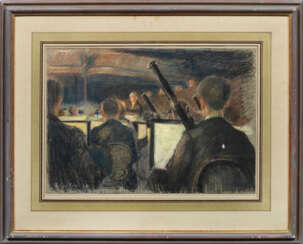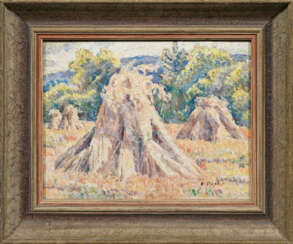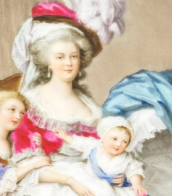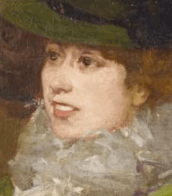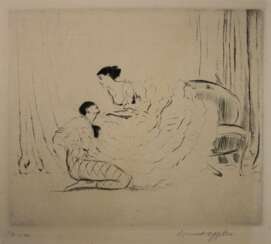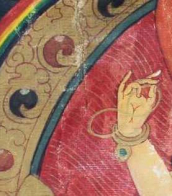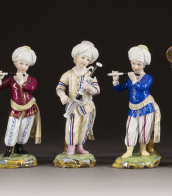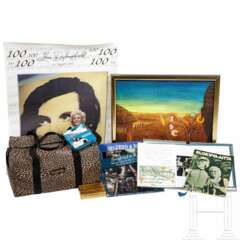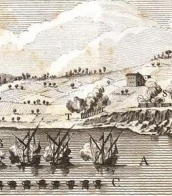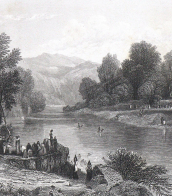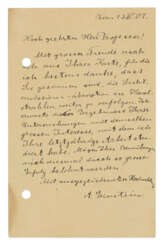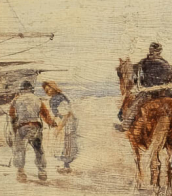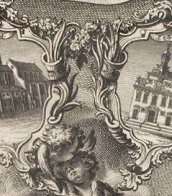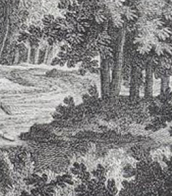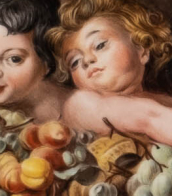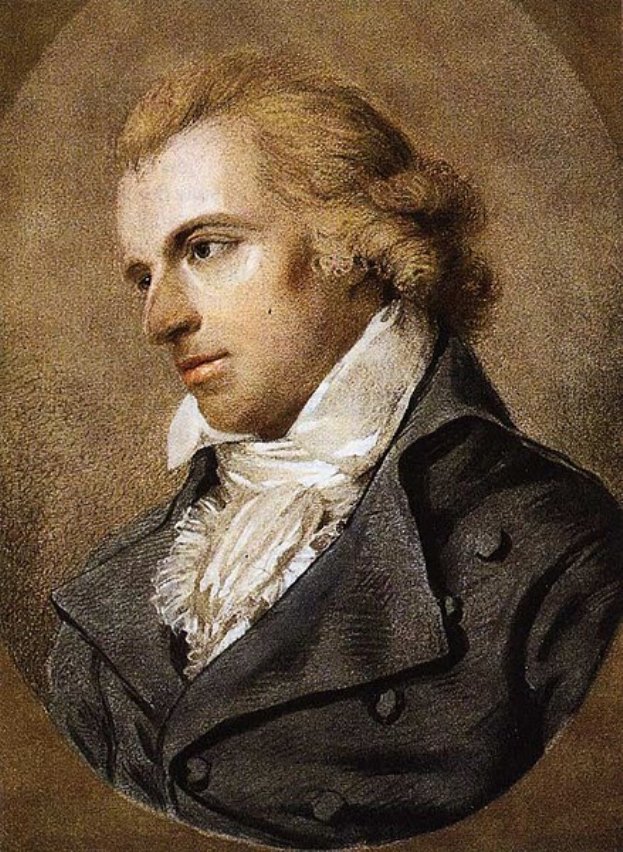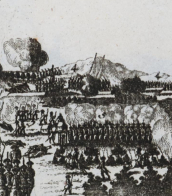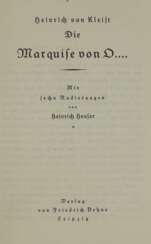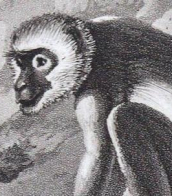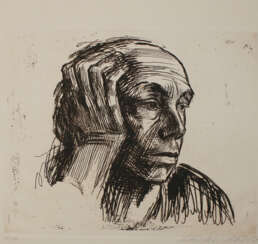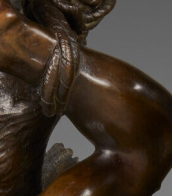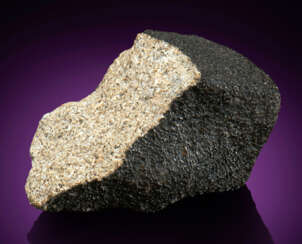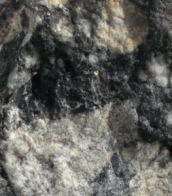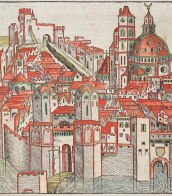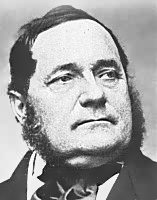oppler
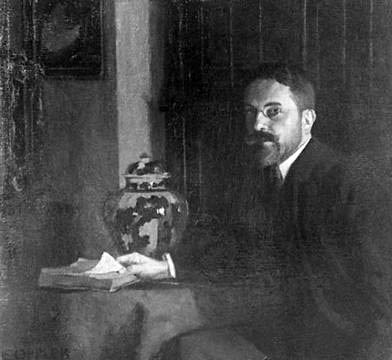
Ernst Oppler was a German painter of the late 19th and first third of the 20th centuries of Jewish origin. He is known as a painter, graphic artist and printmaker, a representative of Impressionism.
Oppler was a co-founder of the Berlin Secession art movement and a member of the German Artists' Union. His work reflects the transition from nineteenth-century art to classical modernism during Wilhelminianism and the Weimar Republic. Oppler is considered a significant portraitist, including many self-portraits, as well as a talented etching artist. His fascination with Russian ballet resulted in significant works, making Oppler a key German artist in the depiction of stage dance in the twentieth century. Researchers estimate that the master was the author of 271 paintings and 531 graphic works.
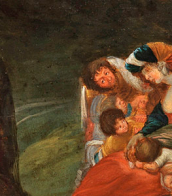

Ernst Oppler was a German painter of the late 19th and first third of the 20th centuries of Jewish origin. He is known as a painter, graphic artist and printmaker, a representative of Impressionism.
Oppler was a co-founder of the Berlin Secession art movement and a member of the German Artists' Union. His work reflects the transition from nineteenth-century art to classical modernism during Wilhelminianism and the Weimar Republic. Oppler is considered a significant portraitist, including many self-portraits, as well as a talented etching artist. His fascination with Russian ballet resulted in significant works, making Oppler a key German artist in the depiction of stage dance in the twentieth century. Researchers estimate that the master was the author of 271 paintings and 531 graphic works.


Ernst Oppler was a German painter of the late 19th and first third of the 20th centuries of Jewish origin. He is known as a painter, graphic artist and printmaker, a representative of Impressionism.
Oppler was a co-founder of the Berlin Secession art movement and a member of the German Artists' Union. His work reflects the transition from nineteenth-century art to classical modernism during Wilhelminianism and the Weimar Republic. Oppler is considered a significant portraitist, including many self-portraits, as well as a talented etching artist. His fascination with Russian ballet resulted in significant works, making Oppler a key German artist in the depiction of stage dance in the twentieth century. Researchers estimate that the master was the author of 271 paintings and 531 graphic works.

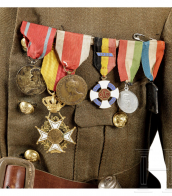

Albert Einstein was a German-born theoretical physicist, widely acknowledged to be one of the greatest and most influential physicists of all time. Einstein is best known for developing the theory of relativity, but he also made important contributions to the development of the theory of quantum mechanics. Relativity and quantum mechanics are together the two pillars of modern physics. His mass–energy equivalence formula E = mc2, which arises from relativity theory, has been dubbed "the world's most famous equation". His work is also known for its influence on the philosophy of science. He received the 1921 Nobel Prize in Physics "for his services to theoretical physics, and especially for his discovery of the law of the photoelectric effect", a pivotal step in the development of quantum theory. His intellectual achievements and originality resulted in "Einstein" becoming synonymous with "genius".

